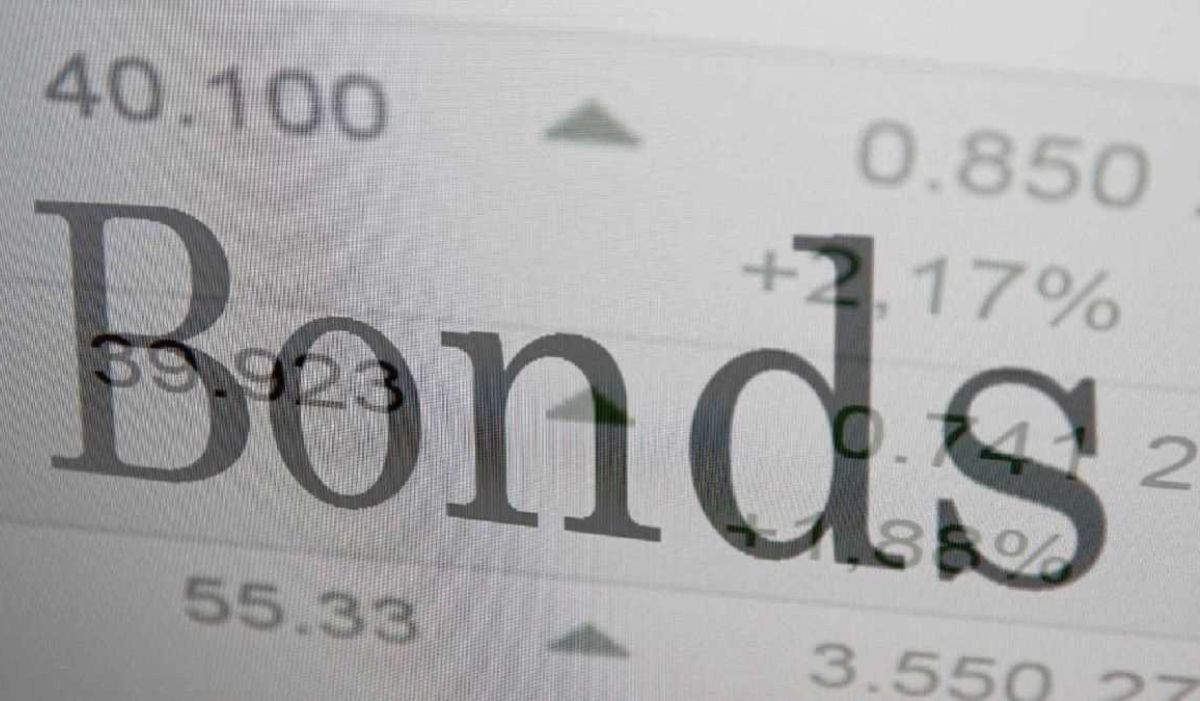Nigerian Bond Yields Approach 19% as Investors Reduce Holdings

Bond market activity ended with a bearish tone as the average yield on Nigerian government securities approached 19% in secondary market trading.
Market participants observed mixed trading patterns with a bearish undertone that pushed the yield curve upward ahead of this week’s release of the rebased consumer price index measuring Nigeria’s inflation trends.
Trading activity showed varying movements across different segments of the yield curve, with slight declines (-3 basis points) in the short-term segment while the mid-term segment saw modest increases (+7 basis points).
Market analysts noted that foreign portfolio investors primarily drove the selling momentum in the secondary market, with the majority of transactions taking place in the middle segment of the yield curve.
Despite abundant system liquidity, investor sentiment remained predominantly cautious, resulting in limited transaction volume. TrustBanc Financial Group Limited reported that trading floor activity was concentrated mainly on 2029, 2033, and 2035 maturities.
Overall trading remained thin with select interest in specific securities, including February 2031, May 2033, and June 2053 bonds. Mid-week sessions experienced modest demand for March 2027 and January 2035 bonds, though trading volumes stayed low throughout the period.
Sellers controlled the short- to mid-tenor segment toward the end of the week, particularly affecting April 2029 and February 2031 bonds. Market participants attribute this selling pressure to persistent risk-aversion among both international and domestic investors, influenced by concerns over potential Trump administration tariff policies and ongoing debt sustainability issues amid weaker oil price performance.
Although some investors selectively purchased bonds in the middle portion of the yield curve, the average mid-yield increased by 38 basis points week-over-week, ending at 18.86%. “We expect activities in the bond market to remain calm as market participants await the release of the second quarter of 2025 bond auction calendar,” TrustBanc noted in their market commentary.
Cordros Capital Limited’s analysis showed yield increases in both short-term (+19 basis points) and mid-term (+3 basis points) segments. The yield expansion resulted primarily from selling pressure on January 2026 (+45 basis points) and February 2031 (+64 basis points) bonds, while the long-term segment remained unchanged.
Looking ahead to the medium term, analysts project a moderation in bond yields, likely influenced by an anticipated shift toward dovish monetary policy and continued improvements in market demand and supply dynamics during the second quarter of 2025.





